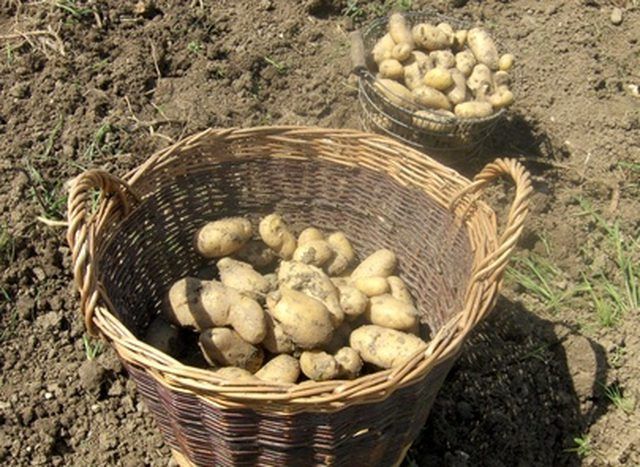Bulbs
Flower Basics
Flower Beds & Specialty Gardens
Flower Garden
Garden Furniture
Garden Gnomes
Garden Seeds
Garden Sheds
Garden Statues
Garden Tools & Supplies
Gardening Basics
Green & Organic
Groundcovers & Vines
Growing Annuals
Growing Basil
Growing Beans
Growing Berries
Growing Blueberries
Growing Cactus
Growing Corn
Growing Cotton
Growing Edibles
Growing Flowers
Growing Garlic
Growing Grapes
Growing Grass
Growing Herbs
Growing Jasmine
Growing Mint
Growing Mushrooms
Orchids
Growing Peanuts
Growing Perennials
Growing Plants
Growing Rosemary
Growing Roses
Growing Strawberries
Growing Sunflowers
Growing Thyme
Growing Tomatoes
Growing Tulips
Growing Vegetables
Herb Basics
Herb Garden
Indoor Growing
Landscaping Basics
Landscaping Patios
Landscaping Plants
Landscaping Shrubs
Landscaping Trees
Landscaping Walks & Pathways
Lawn Basics
Lawn Maintenance
Lawn Mowers
Lawn Ornaments
Lawn Planting
Lawn Tools
Outdoor Growing
Overall Landscape Planning
Pests, Weeds & Problems
Plant Basics
Rock Garden
Rose Garden
Shrubs
Soil
Specialty Gardens
Trees
Vegetable Garden
Yard Maintenance
Planting Instructions for Potatoes
Planting Instructions for Potatoes. Potatoes are not the easiest of crops to grow, but if done properly, will provide potatoes for a family's table for an entire season. Planting instructions for potatoes include the "green sprout" method that helps develop short, strong, rapidly growing sprouts. Potatoes are frequently classified as early,...

Potatoes are not the easiest of crops to grow, but if done properly, will provide potatoes for a family's table for an entire season. Planting instructions for potatoes include the "green sprout" method that helps develop short, strong, rapidly growing sprouts. Potatoes are frequently classified as early, mid-season or late, but additional factors to be considered are disease resistance, intended use and desired flavor. Certified seed potatoes provide better potato production and may be purchased through catalogs or gardening centers.
Things You'll Need
Certified seed potatoes
10-10-10 fertilizer
Spreading area
Planting bed
Purchase and store certified seed potatoes in a cool place for two weeks.
Spread seed potatoes two weeks after purchasing, in a single layer in a greenhouse, room or barn that receives light. This is the start of a process known as "green sprouting."
Provide high humidity for seed potatoes by misting the area lightly once daily.
Turn the seed potatoes every four to five days to encourage strong, uniform sprouts.
Work 10-10-10 fertilizer into planting bed soil, using 3 pounds per 100 square feet, before planting seed potatoes. This prevents feeder root burning and decay.
Plant seed potatoes in the spring when soil has warmed to 45 degrees, in a furrow or hill 4 to 6 inches deep, spaced 8 to 10 inches apart in rows, from 32 to 36 inches apart. Cover with about 2 inches of soil.
Mound soil up around plants when they are 5 or 6 inches tall, a technique called "hilling." Continue the process until the plants are 12 to 15 inches high. Cover any weeds while hilling, but do not totally cover potato plants.
Tips & Warnings
Potatoes may be harvested any time after blossoming.
Dig the crop when soil is dry, lifting tubers and setting them on top of soil to dry for one to two hours.
After harvesting, store potatoes in a dark, 37 to 40 degree area.
Use pallets to keep potatoes off the floor to avoid potential storage rot.